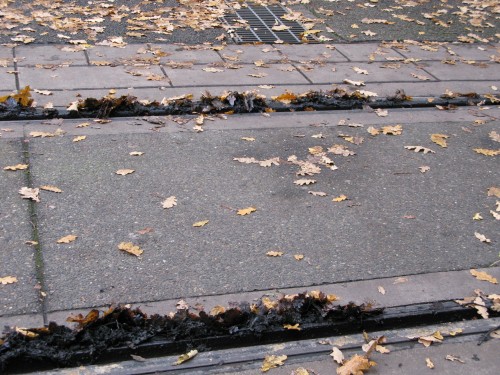Via TriMet Diaries, Dr Jeff wrote what is probably the most poetic description ever of a morning commute on MAX. Unsurprisingly, I love the post. It’s great to see people incorporate Portland and TriMet (especially rail, I admit that I’m biased) into art, whether it’s writing or photographs or anything else.
Excerpt:
On some lucky mornings we stop on the bridge. Suspended there above the river, our view is exclusive to transit commuters and to the legions of cyclists who now pass us in our moment of stasis. I wonder some days whether our train operator is just exercising his prerogative, remembering the days of childhood when piloting a train over a bridge and then sweeping into a bustling city must have sounded like the best job in the world. As the train starts to descend into Old Town, I hope my operator is still finding some joy in his job. I hope that amidst all the schedule pressures and time-points he gets just a moment to realize that he’s the one who got to grow up and drive a train.
And of course, I feel compelled to answer those wonderings, even though they were probably rhetorical, but I can’t help it (MAX FAQs: Writing more about light rail than you wanted to know since 2010). No, the operator isn’t stopping on the bridge to take in the scenery – stopping there generally means your train is waiting for signal 14 to clear. It will be red if a conflicting move is in progress (e.g. an eastbound Yellow or Green line train that starts ascending the bridge while a westbound Blue or Red is crossing) or if you are too close to your westbound leader who hasn’t cleared the circuit yet.
There had been a delay, I forget why, the day I took this picture a few months ago. Maybe a bridge lift. Anyway, trains weren’t running on schedule and were back-to-back, so that Green Line train was far enough ahead for us to get up to the bridge, but not far enough to completely clear it. As a result, signal 14, which is visible to the right of that train’s trailing cab went from dark to red when we entered the circuit coming up to the signal because the Green Line train hadn’t cleared the circuit after it.
As for finding joy in being the person who got to grow up and operate trains? Your mileage may vary, of course… there are operators (both bus and rail) who are phenomenal ambassadors for their jobs, who genuinely love what they do and take pride in it. For other operators, it’s a job that has its ups and downs, the same way accounting or tech support or waiting tables or anything else can be. And sure, there are some operators who are determined to find misery in everything, but thankfully they’re not the majority. On top of that, everyone has their good days and bad days.
The backgrounds of TriMet operators are so varied (many coming from other driving jobs – truck drivers, school bus drivers, Greyhound drivers, tow-truck and taxi drivers, etc; others from office/management positions; others from the military; others who are and were artists, salespeople, clergy, teachers, pilots, etc; others who overlap several of these job paths) that you’ll never be able to find a one-size-fits all answer even to the simple question of “How did you get to be a transit operator?” I have no idea how many bus or rail operators dreamed as kids that this is what they wanted to do versus those who just happened to find themselves doing it because life worked out that way.
But as you might have suspected, it is – hands-down and unquestioningly – the “office” with the best views you can find in Portland.




























